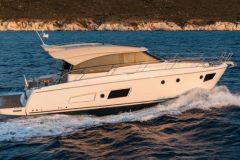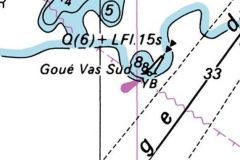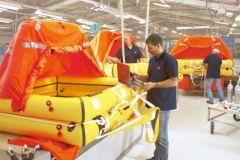Understanding the rescue chain
As part of the coastal license syllabus, you are required to know how the system works to provide assistance to vessels in difficulty. It's not always as easy to contact the emergency services at sea as it is on land. Beyond their own safety, yachtsmen can also take part in rescue missions, by relaying distress messages, for example. But to do so, it's essential to understand them!
In France, CROSS (Centre Régional Opérationnel de Surveillance et de Sauvetage) is responsible for monitoring and coordinating maritime search and rescue operations. As soon as the CROSS receives a call, it sets up operations with the help of various organizations and vessels in the area.
How to send safety messages at sea
Before making a call for help, you need to know which message to send! There are three options:
The distress message is used when there is imminent danger of death. The emergency message is used when the situation is serious, but not immediately life-threatening. And finally, the safety message, to warn other vessels of a potential danger to navigation.
The best way to make your call is by VHF, which is specially designed for communication at sea. The message must be transmitted on channel 16. You can also contact CROSS by telephone by dialing 196.
If these means have not worked, you have other alternatives to show other vessels that you are in distress:
- Up and down movement of both arms
- Hand-held automatic light
- Hoist International Code flags N and C
- Hoisting a flag with a black ball
- A continuous sound using a whistle or foghorn
- A light signal to send out an SOS: three short signals, three long signals and then three short signals, or use a mirror to make light flashes!
Find out more in this video.













